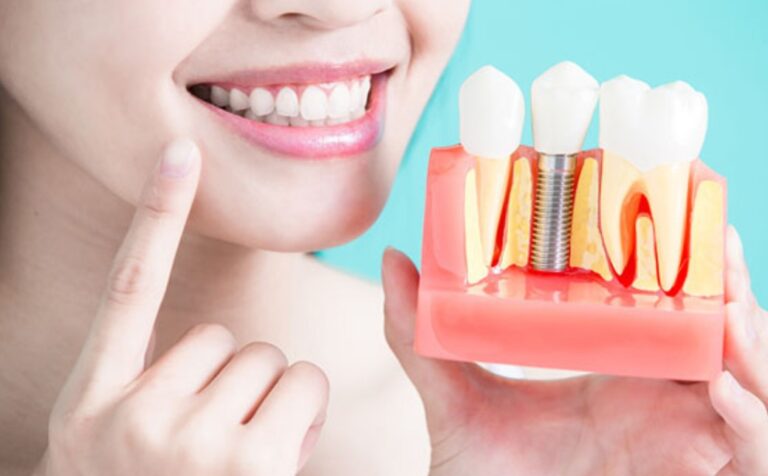
You face unique challenges with your oral hygiene when wearing braces or other orthodontic devices. These challenges make it essential to stay vigilant with your dental care routine. Neglect can lead to discomfort, teeth stains, or even gum problems. You can maintain a clean and healthy mouth with some adjustments to your habits. Understanding the importance of good oral hygiene is the first step in your journey to a beautiful smile. Zionsville orthodontist emphasizes that while orthodontic treatment aligns your teeth, your oral hygiene ensures your teeth remain healthy along the way. It’s not just about brushing more often but brushing effectively. You also need to consider which tools work best during this phase. Caring for your smile now prevents potential issues later. With guidance and practical tips, you can navigate this period with confidence and keep your mouth in top shape.
1. Use the Right Toothbrush
Choose a soft-bristled toothbrush with a compact head. It fits around braces and wires easily. Electric toothbrushes can offer more effective cleaning by reaching difficult spots. According to the American Dental Association, proper brushing technique is crucial. Hold your toothbrush at a 45-degree angle to your gums. Use short, gentle strokes and pay attention to each tooth. Replace your toothbrush or brush head every three months or sooner if bristles fray.
2. Adopt Effective Brushing Habits
Brush after every meal. This practice removes food particles and plaque before they cause harm. Spend at least two minutes brushing each time. Don’t forget the gum line and chewing surfaces. A good brushing routine helps prevent decay and stains. Consistency is key here. You should never skip brushing sessions, especially before bedtime when saliva production decreases, leaving teeth vulnerable.
3. Floss Daily
Flossing is crucial, even with orthodontic devices. Use a floss threader or orthodontic flosser designed for braces. These tools make it easier to clean between teeth and around wires. The Centers for Disease Control and Prevention stresses the importance of flossing in removing plaque that toothbrushes can’t reach. This step reduces the risk of gum disease and cavities.
4. Rinse With Mouthwash
An antibacterial mouthwash can be an excellent addition to your routine. It reaches areas a toothbrush might miss and helps reduce plaque and gingivitis. A rinse also freshens breath. Use it at least once a day after brushing and flossing. Look for mouthwashes that contain fluoride for added protection against decay.
Also Read: Why Early Dental Care Improves Orthodontic Outcomes
5. Avoid Certain Foods
Certain foods can damage braces or get stuck around them. Avoid sticky, hard, or sugary foods. Instead, opt for soft fruits, vegetables, and lean proteins. Avoid biting into whole apples or carrots. Instead, cut them into smaller pieces. This table outlines foods to avoid and suitable alternatives:
| Foods to Avoid | Alternative Options |
|---|---|
| Sticky sweets (caramel, taffy) | Yogurt, smoothies |
| Hard nuts and popcorn | Soft nuts (like almonds), rice cakes |
| Sugary drinks | Water, milk |
6. Regular Dental Checkups
Visit your dentist and orthodontist regularly. They help monitor your progress and check for potential issues. Professional cleanings remove tartar that home care can’t. Regular checkups also ensure that your braces are in good condition and adjustments are made as needed. Communicate any concerns or discomfort during these visits for the best advice and care.
By following these tips, you maintain a healthy mouth and support the effectiveness of your orthodontic treatment. Remember, good habits and consistency protect your teeth and gums during this important phase.








